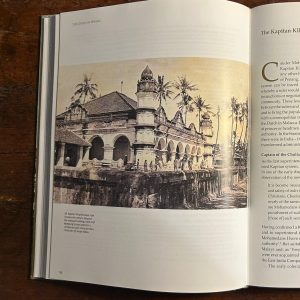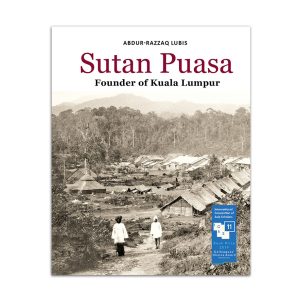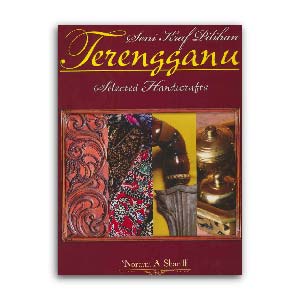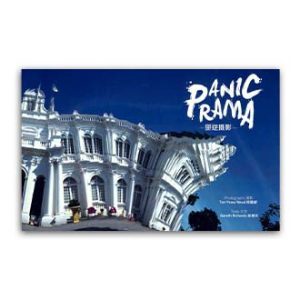Little India remains a most colourful and dynamic enclave amongst the enchanting street networks and precincts in the George Town World Heritage Site. It sustains cultural features unchanged from the past that coexist with newer, modern elements permeating this neighbourhood located in the north-eastern cape on Penang island.
Lavishly illustrated with over 230 specially commissioned photographs and never-before-published historical images, Little India of George Town documents the still-existing traditional trades, eateries, building architecture, streetscape, culture, festivals and other elements of the community in the enclave. These include music and video stores featuring Hindi and Tamil titles, shops selling sarees, toiletries, groceries, pottery and stainless steel cutlery, spices, jewelleries, fruits and flowers. These mingle and co-exist alongside the hair groomers, astrologers, money changers and chettiars.
The book also relates interesting and little-known facts about various aspects related to the richly concentrated inner-city area, including its history, communities, trades, landmarks, festivals, streetscapes and architecture. “The tradesmen have been there for years, some way back before the Second World War” says author Himanshu Bhatt.
The book features the collective efforts of researchers Leonard Selva, Rajasekaran Rajamoorthy and Praveena Balakrishnan, and photographers Foo Yong Yang and George Cheah.
From Penang Insights: Little India has now become a magnet for heritage enthusiasts, international conservationists and tourists. With its intriguing inner city surroundings that comprise a copious collection of historic attractions of the colonial era such as a 19th century fort, courthouse, church, mosques, Hindu temples and Chinese clan enclaves, entices a great deal of fascination and interest.
“The area is not just important for heritage,” says Penang Heritage Trust secretary Khoo Salma Nasution. “It contains a special living community that should not be displaced. What we have here is an existing historic community.” “We have to adopt special incentives to encourage the community to stay on, or we risk having a special part of our culture and history disappearing.
Little India ‘sprouted’ to cater to the arrival of large numbers of traders and labourers from South India in the early 19th century. (From our newsletter)











